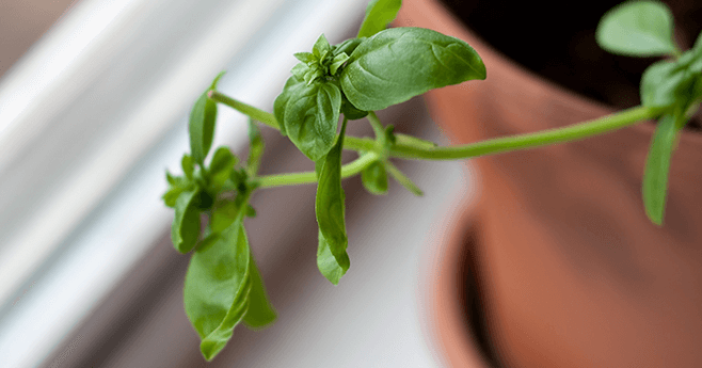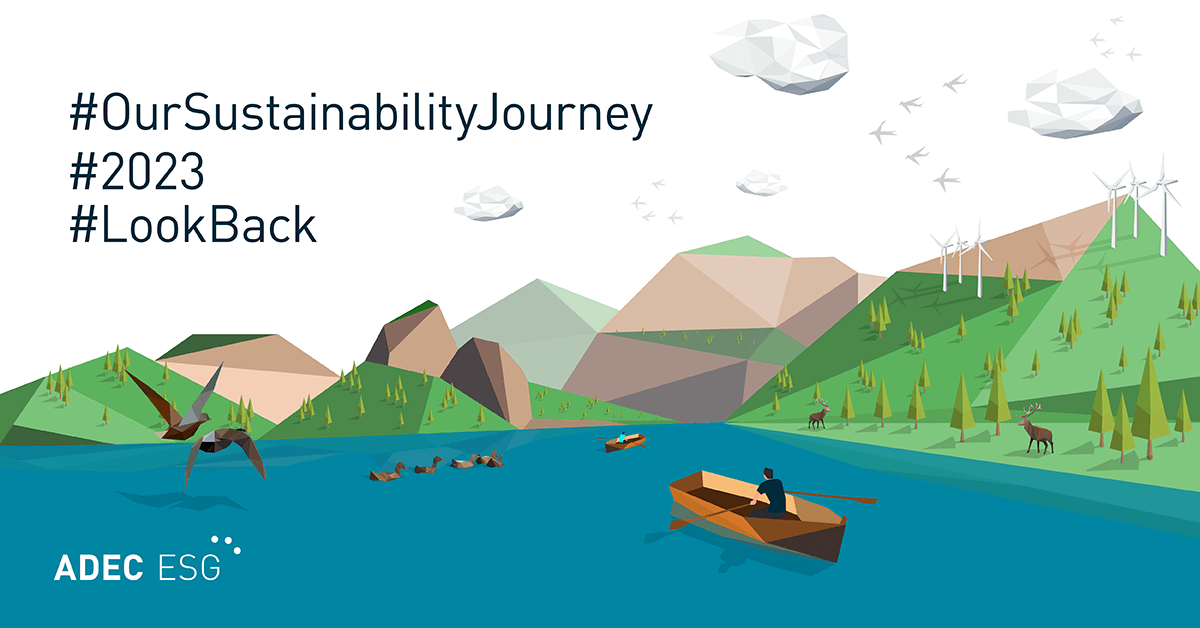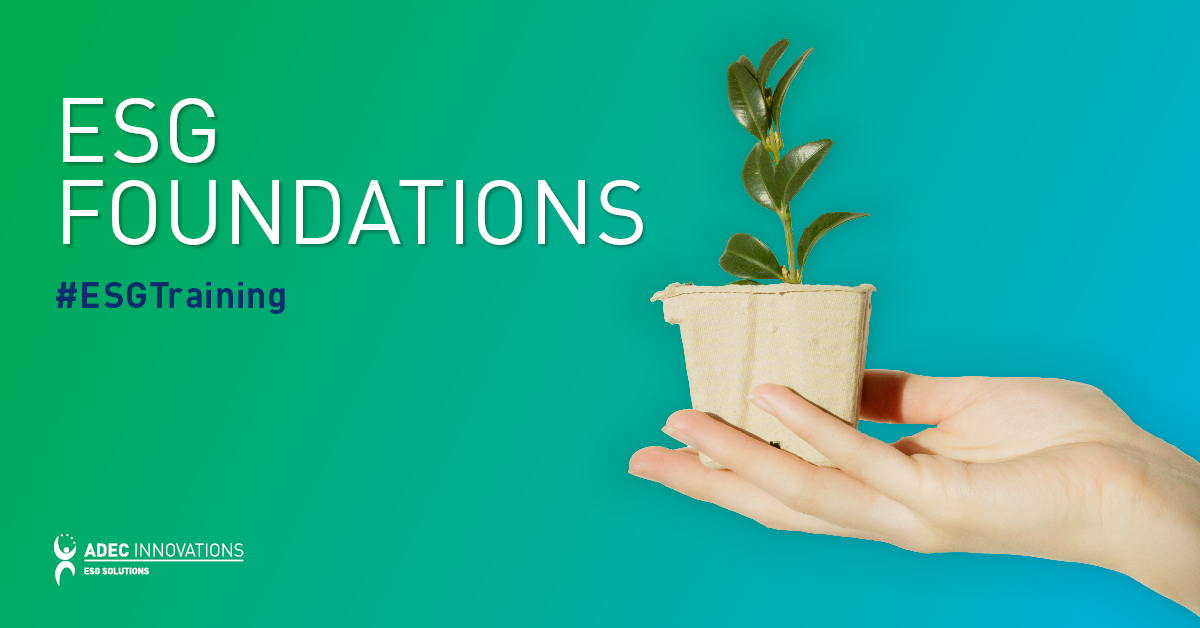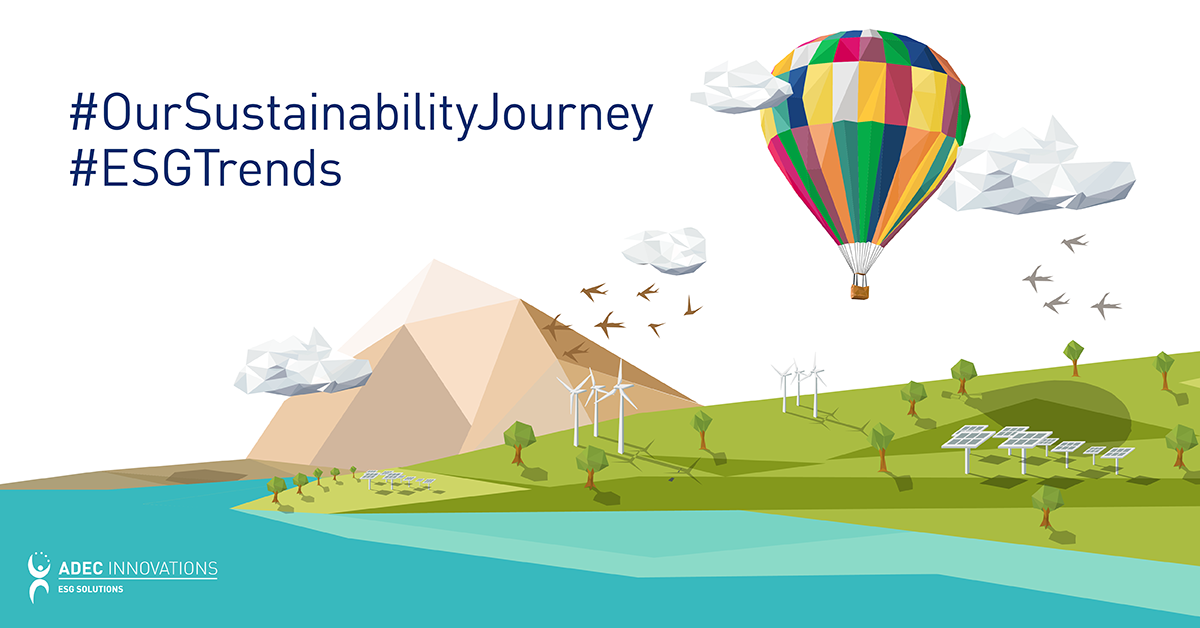According to the United States Bureau of Labor Statistics, the average household spent $7,023 on food in 2015, a 3.9% change from the previous year. In addition, $4,015 of the total spent on food was considered “food at home,” or groceries purchased, prepared and consumed at home (U.S. Bureau of Labor Statistics 2015). This comprised 57% of the total spent on food per household in 2015. With the average household spending a majority of their food budget on groceries and food to be consumed at home, there is ample opportunity to cut down on total food spending by growing plants in an urban garden.
It is suggested that you can start a productive homestead (including plants, chickens and a composting toilet) for less than the cost of an iPhone. To begin saving money on “food at home”, you can begin your own sustainable urban garden with a few pointers from Urban Gardening for Dummies:
1. Know your soil conditions
The key to successful gardening is having healthy soil. Before you start planting, test your soil conditions to ensure you have the correct amount of organic matter and nutrients. If soil conditions are poor, select another area or improve the soil before planting anything.
2. Compost is key
Related to the last pointer about ensuring good soil quality, compost improves soil structure, promotes plant growth and helps soil store nutrients for plants. Research has shown that plants mulched with compost are more resilient to diseases and sturdier than plants without compost.
3. Conserve water and harvest your rain
By installing rain barrels and other water-capturing technologies, you can help conserve water. Water availability is a key factor in gardening, so conserving this resource is important—extremely so, depending on the region.
4. Use organic fertilizers
Avoid using chemical fertilizers because of their negative effects on the environment. Switching to organic or natural fertilizers is one way to make your urban garden more successful and sustainable.
5. Preserve existing agriculture and natural resources
Sustainable agriculture involves practices which ensure the land can continue producing indefinitely. Techniques such as cover-cropping add nutrients back to the soil to replace the nutrients stripped after harvesting crops. It is important to use sustainable management practices to ensure that land and resources are available for urban farming for the future generations.
6. Know your microclimate conditions
Urban climate can be influenced by a variety of factors: solar radiation, surrounding air temperatures, air movement, sun orientation, humidity, topographical location, proximity to water, paved surfaces and buildings. It is important to be aware of these conditions to know what you can grow and how much water and sunlight are needed.
7. Select the “right” plants for your area
The “right” plants are those that are already well adapted to your urban environment and require little care and maintenance. For example, native plants are great candidates because they have existed in the environment and adapted to local conditions. Natives are hardy, can withstand local weather patterns, and require no irrigation or fertilization. These traits make natives a perfect choice for your garden.
8. Consider hydroponic and aquaponic gardening
Hydroponics and aquaponics are great alternatives to traditional gardening, without the need for soil. Plants receive nutrients in the water supply through either nutrient solutions or fish excretions.
This cheat sheet has some other facts to help you get started with urban gardening! Have some fun and save some money growing plants in your own sustainable urban garden. For fun ideas on how to use the produce from your urban garden, VegUcation has created some videos with food demonstrations.
ADEC Innovations helps organizations recognize business drivers for sustainability practices and offers cost-effective sustainability management solutions. To stay current on the latest sustainability trends, subscribe to our monthly newsletter, GreenWatch.




